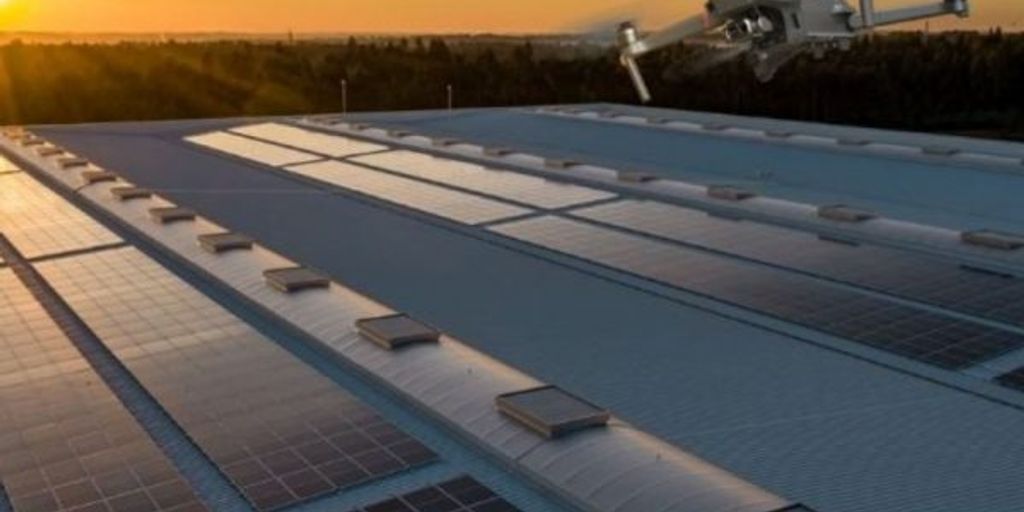
Using drones for solar inspections is becoming more popular because it makes the process quicker, cheaper, and safer. Drones can fly over large solar farms and take detailed pictures and thermal images to find problems the human eye might miss. This technology helps keep solar panels working well and saves money on maintenance and repairs.
Key Takeaways
- Drones enable faster and more efficient solar inspections by quickly covering large areas.
- Using drones reduces the cost of inspections compared to traditional methods.
- Drones enhance safety by enabling remote inspections, thereby avoiding hazardous conditions for workers.
- High-quality cameras and drone thermal imaging can detect issues in solar panels that might not be visible otherwise.
- Selecting suitable drones and equipment is crucial for conducting thorough solar inspections.
Benefits of Using Drones for Solar Inspections
Efficiency and Speed
Drones can inspect every panel quickly, covering large areas in just minutes. This makes them ideal for large-scale solar farms. Traditional methods are slower and require more workforce.
Cost-Effectiveness
Using drones is more cost-effective than manual inspections. They can inspect a PV system while it is connected to the electrical grid, thereby avoiding downtime and lost revenue. This means you can continue generating returns while the inspection is in progress.
Enhanced Safety
Manual inspections often involve climbing onto rooftops or navigating rugged terrain. Drones eliminate these risks by performing inspections remotely, making the process safer for workers and reducing the chance of accidents.
Drones For Solar Inspections offer a safer, faster, and more cost-effective way to maintain solar panels, ensuring they operate at peak efficiency.
Essential Drone Equipment for Solar Inspections
Switching to drones for solar inspections can significantly improve the accuracy and speed of the process. Here’s a breakdown of the essential equipment needed to get started.
Steps to Conduct a Drone Solar Inspection
Pre-Flight Checklist
Before you start, ensure you complete a pre-flight checklist. This includes checking the drone’s battery levels, ensuring the camera functions properly, and verifying that all software is up to date. Additionally, consider collecting data in the summer when the sun is intense, the wind is low, and there is ample time to perform your drone solar inspection.
Flight Path Planning
Plan your flight path carefully. Set the altitude and ground sample distance (GSD) correctly. A lower altitude yields high-resolution photos, but it takes longer. A higher altitude is faster but may lack detail. Align the drone with the solar panel rows for the best results.
Data Analysis and Reporting
After the flight, analyze the collected data. Use software to identify issues, such as hot spots or shading problems. Generate a detailed report to share with stakeholders. This step ensures that you can take action based on the findings.
Choosing the Right Drone for Solar Inspections
Selecting a suitable drone for solar inspections is crucial for ensuring efficient and accurate data collection. Here are some key factors to consider:
Payload Capacity
The drone’s payload capacity determines the type and weight of equipment it can carry. You’ll need a drone to handle high-quality cameras and thermal imaging devices for solar inspections. Ensure the drone can support the weight of all necessary equipment to avoid any mid-flight issues.
Flight Time
Flight time is another critical factor. Drones with longer flight times can cover larger areas in a single flight, reducing the need for frequent battery changes. This is especially important for inspecting large solar farms. Look for drones with a flight time of at least 30 minutes.
Camera Compatibility
The quality of the data collected during a solar inspection largely depends on the camera used for the inspection. Ensure that the drone is compatible with high-resolution cameras and thermal imaging devices. Some drones have built-in cameras, while others allow you to attach your own. Check the camera compatibility before making a purchase.
Choosing the right drone can significantly impact the efficiency and accuracy of your solar inspections. Make sure to consider all these factors to get the best results.
Common Issues Detected by Drones in Solar Inspections
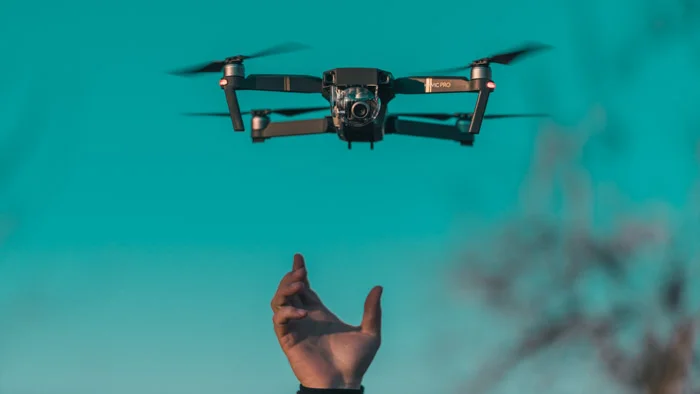
Drones equipped with advanced imaging technologies can identify various issues in solar panels that might be missed during traditional inspections. Here are some common problems that drones can detect:
Hot Spots and Defects
Thermal imaging cameras on drones can quickly identify hot spots or defects in solar panels. Hot spots indicate issues like cell damage, shading, or malfunctioning diodes. These problems can lead to reduced energy production or even potential fire hazards.
Shading Problems
Drones can detect shading issues that affect solar panel performance. Nearby trees, buildings, or other obstructions can cause shading. Identifying these problems early can help optimize the placement and performance of the panels.
Malfunctioning Diodes
Malfunctioning diodes can cause significant issues in solar panels, reducing efficiency and potentially causing damage. Drones can easily identify these problems, enabling timely maintenance and repairs.
Using drones for solar inspections ensures that even hidden issues, like reverse polarization or string outages, are detected early, saving time and money in the long run.
Regulatory and Privacy Considerations
Compliance with Local Laws
Navigating regulatory requirements is crucial for solar companies using drones. Compliance ensures safe operations and adherence to aviation laws, which in turn influences the success of drone inspections. Always check for any local regulations regarding drone flights, including no-fly zones and altitude restrictions.
Data Security
Safeguarding customer data is a top priority. Companies must ensure that data captured during inspections is protected throughout its lifecycle. This includes using encryption for data in transit and at rest. Adhering to standards like ISO 27001 and SOC 2 Type 2 can help maintain high data security levels.
Privacy Concerns
When conducting drone inspections, it’s important to respect individuals’ privacy. Avoid capturing images or videos of private properties without consent. Implementing privacy controls and adhering to regulations, such as the GDPR, can help address privacy concerns effectively.
Comparing In-House vs. Outsourced Drone Inspections
Cost Analysis
When deciding between in-house and outsourced drone inspections, consider the initial investment. Setting up an in-house program involves costs for drone training, certifications, software, and equipment, which can easily exceed $30,000. On the other hand, outsourcing might have higher per-inspection costs but saves on long-term expenses.
| Factor | In-House | Outsourced |
|---|---|---|
| Initial Investment | High | Low |
| Per-Inspection Cost | Low | High |
| Maintenance | High | Low |
Training and Certification
In-house inspections require significant investment in training and certification. Your team needs to be skilled in operating drones and analyzing the data they collect. This can be time-consuming and costly. Outsourcing eliminates this need, as professional drone teams come pre-trained and certified.
ROI Considerations
Calculate the return on investment (ROI) to determine the best option. Outsourcing might be the better choice if the initial costs and ongoing maintenance of an in-house program outweigh the benefits. Conversely, if you have frequent inspection needs, an in-house program could offer better long-term savings.
We recommend determining whether an in-house drone inspection program leaves you with a positive ROI. If not, consider hiring a professional drone team to do the work for you.
Conclusion
In conclusion, using drones for solar inspections is brilliant for anyone looking to maintain their solar panels efficiently. Drones equipped with high-quality cameras can quickly spot issues that might be missed during manual inspections. They save time, reduce costs, and improve safety by eliminating the need for workers to climb onto rooftops or navigate rugged terrain. Plus, the data collected can be stored and analyzed to track the performance of your solar panels over time. Whether you invest in your drone or hire a professional service, incorporating drone technology into your solar panel maintenance routine is a step towards better efficiency and reliability.
Frequently Asked Questions
What are the benefits of using drones for solar inspections?
Drones enable faster and more efficient roof inspections and solar inspections. They can quickly cover large areas, provide high-quality images, and help identify issues the human eye might miss. This saves time and money while improving the accuracy of inspections.
What equipment is required for a drone solar inspection?
You will need a drone with a high-quality camera, a thermal imaging camera, extra batteries, and chargers. A tablet for viewing data and a reliable remote controller are also helpful.
How do drones detect issues in solar panels?
Drones use high-quality optical and thermal cameras to capture detailed images of solar panels. Thermal imaging can show hot spots and defects, while optical cameras provide clear visuals of physical damage or shading issues.
Are drone inspections safe?
Yes, drone inspections are safer than manual inspections because they reduce the need for workers to climb roofs or navigate rugged terrain. This minimizes the risk of accidents and exposure to harsh weather conditions.
What should I consider when choosing a drone for solar inspections?
Look for drones with good payload capacity, long flight times, and compatibility with high-quality cameras. Selecting a drone that complies with local regulations and data security requirements is also crucial.
Can drones be used for large-scale solar farms?
Absolutely! Drones are ideal for inspecting large solar farms because they can cover extensive areas quickly and efficiently. This makes it easier to maintain and monitor the performance of large installations.
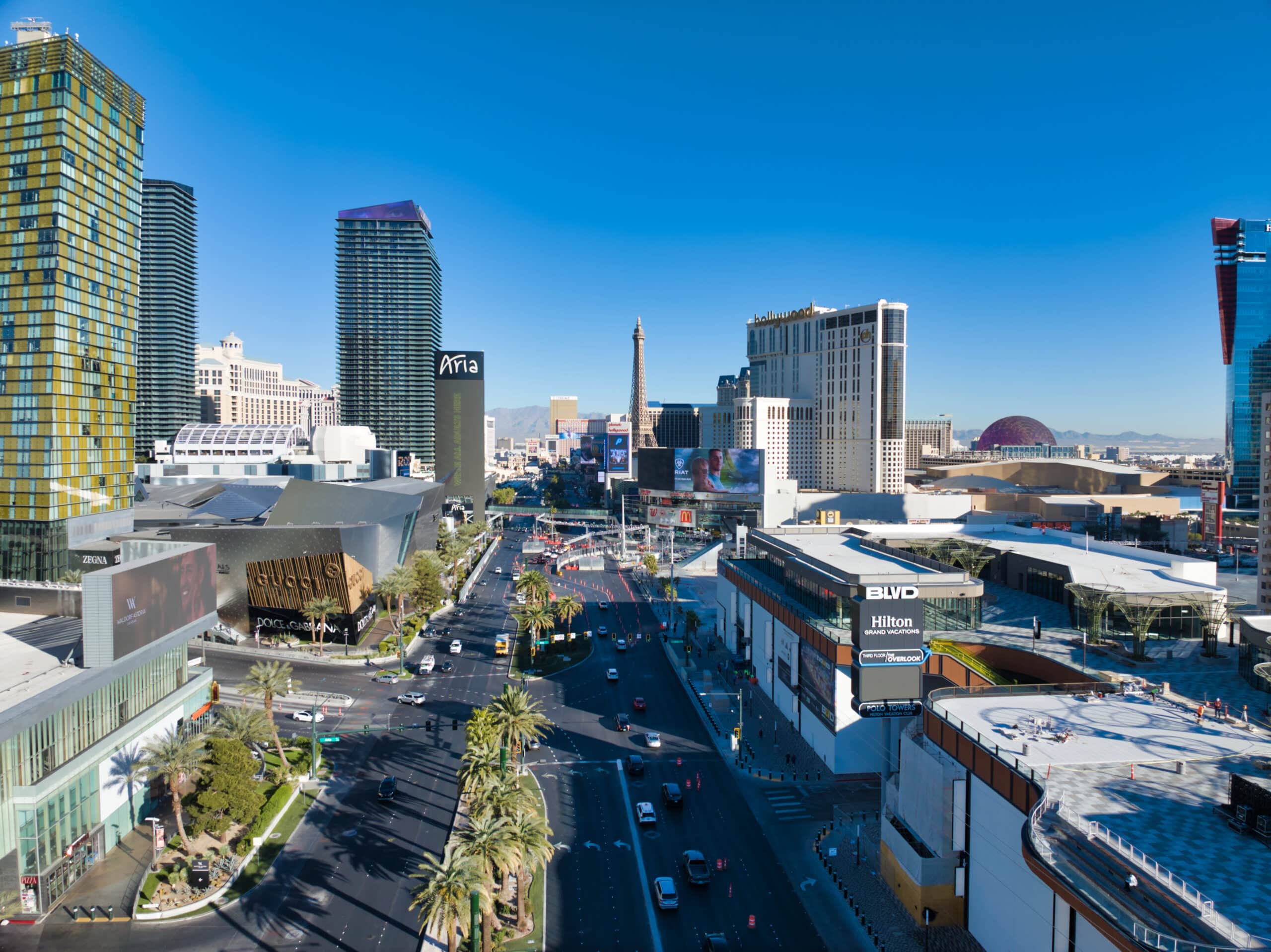
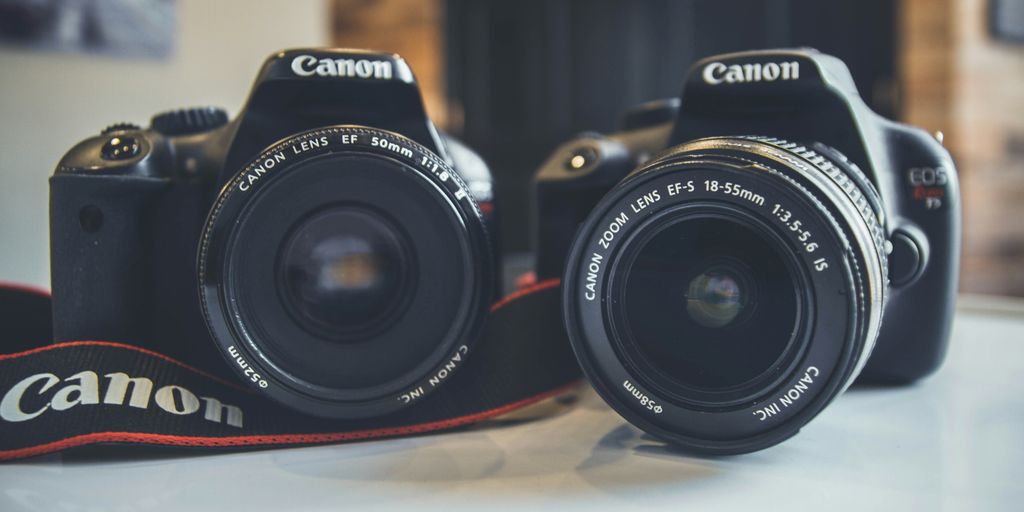
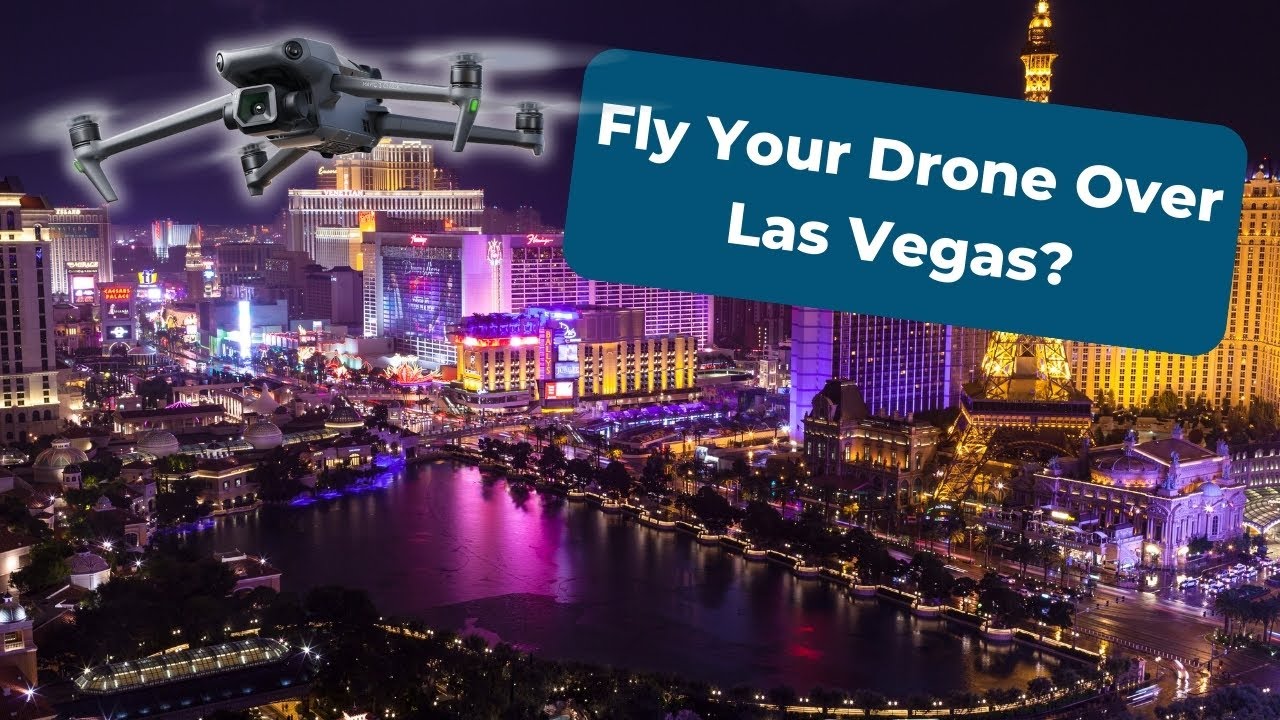
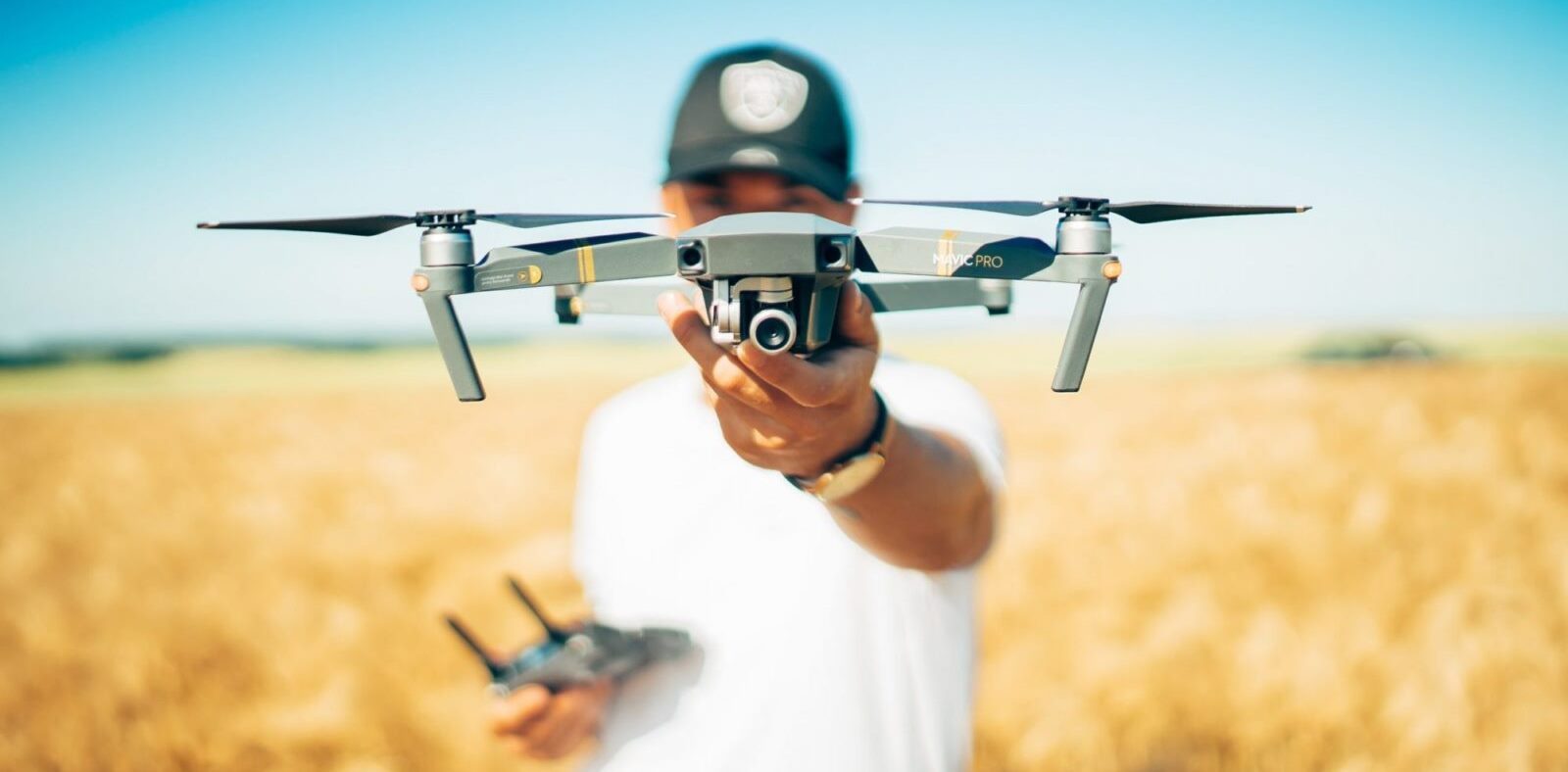

Comments are closed.